We recently connected with Daina Mattis and have shared our conversation below.
Daina, looking forward to hearing all of your stories today. We’d love to hear about a project that you’ve worked on that’s meant a lot to you.
I generate ideas, not just objects. My third solo exhibition, Forever Wild, Oct 28- Dec 17, 2023, at High Noon Gallery in New York City, focused on our fragmented relationship with the natural world, highlighting tensions that exist between memory and loss, actuality and artifice, technology and grief. Oozing with the romantic mental image of a cologne that Johnny Depp might be selling, Forever Wild, on the contrary, is a term coined and adopted in the late 1890’s in order to protect land from the logging industry in New York State, establishing the 6 million-acre Adirondack Park as the nation’s first Forever Wild classification. Emblematic of my practice various materials, processes, and images coalesce to mine deeper cultural and biological crosshairs, for example: in the entirely analog paintings Field Studies, the idiom “Keeping up with the Joneses” supplants Darwin’s natural selection, “survival of the fittest”; in my kinetic sculptures falling sand replaces our reflections, social media handles, and black mirrors, with a new chasing of the ephemeral— infinite landscape iterations, aptly overriding any AI; and in Forget-Me-Not and Sundowner flocked images of fauna compete with reverse silkscreened flora underneath vinyl sleeves, simultaneously preserving, protecting, and smothering one another. In conjunction with this exhibition I mounted Wake, a concentrated site-specific installation that takes a more pointed look at loss and grief as a natural process, a response to the loss of my long-time partner, Tim Collins (1979-2022). Attempting to reconcile impermanence and loss in a culture that trivializes death I filled the space with power-washed and fumigated driftwood, decoy ducks and rabbits, and several large camouflage-shaped mirrors on the floor. Echoing water puddles their purpose changed from reflecting our likeness to one of reflecting light, after all light makes things visible. Culling idyllic references to youthful songs (Forever Young) and ageless shopping (Forever 21) Forever Wild points to how we live in a death-sanitized society that exploits grief, distances genuine connection, and offers consumption as a means to try and live forever…yet not everyone gets to grow old.
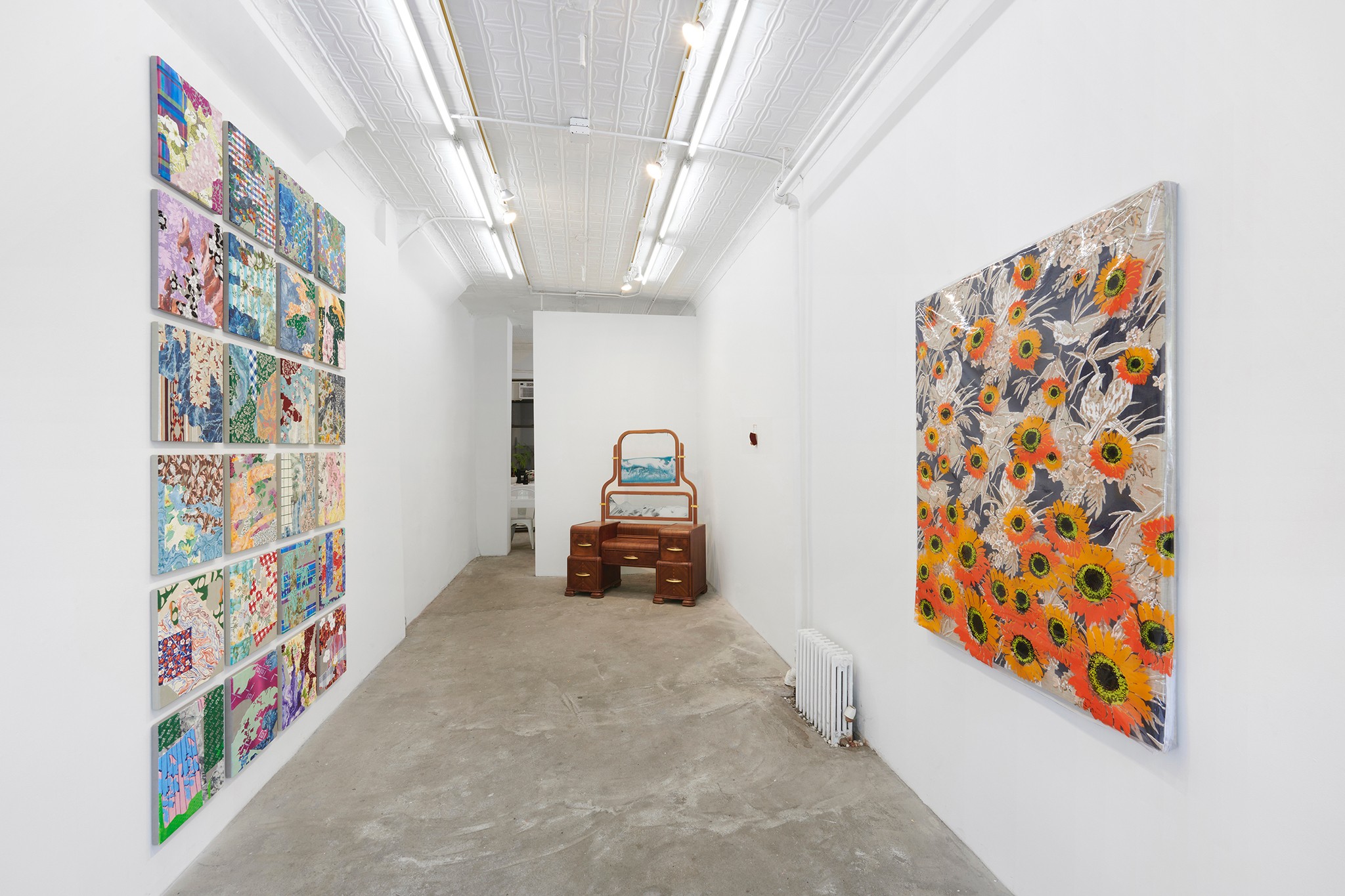
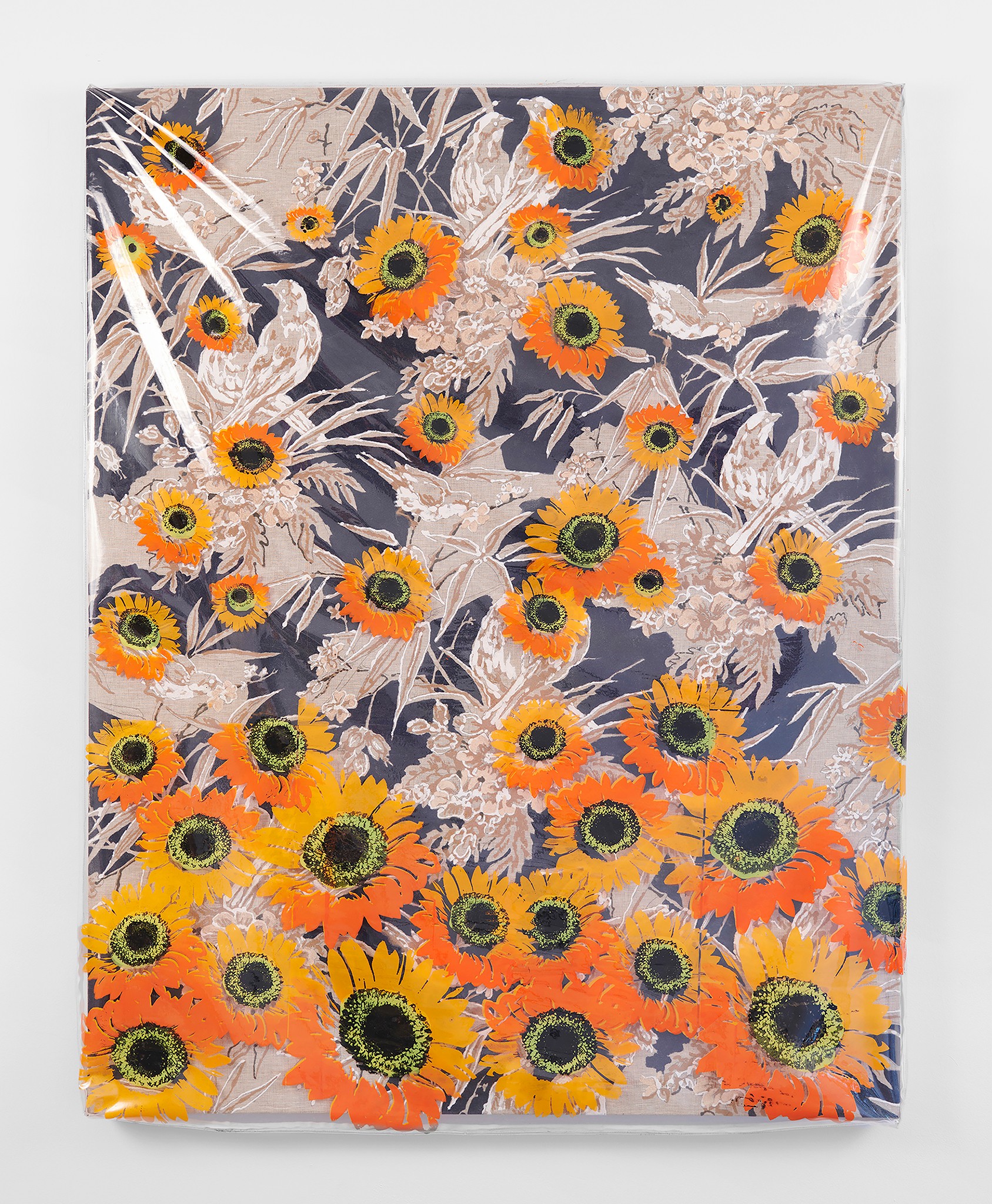
Daina, before we move on to more of these sorts of questions, can you take some time to bring our readers up to speed on you and what you do?
From Memento Mori paintings to animal carcass Readymade sculptures, art holds a mirror to the mortality of nature. Yet humans are different; language, capitalism, and society distance us from the process of death. These systems ultimately distort our connection to the natural world; these systems are the artifice of life—trompe l’oeil. In the shadow of AI, anti-cell phone policies in education, deep fakes, and global social-media bans and burn-outs we are grieving for reality, the natural, the authentic; the ubiquity of the digital tide is shifting.
My work explores perception, nature, grief, and technology through vehicles of imitation, scale, craft, and time. The co-opting of language and symbols indicate cultural paradigm shifts. We stream video content into our living rooms, drink bottled water branded with images of mountain springs, and our most priceless memories are hidden away in a cloud. Amazon is now more commonly referenced as an online shopping platform than one of our planet’s richest natural resources constantly on the verge of destruction. We are at a significant crossroads between the fragile ecosystems of nature and artifice, consumption and class, labor and depreciation, language and impotence. These frictions are at the center of my work forming a dialogue about where our perspectives, practices, and values are shifting.
I am the youngest of four children to Lithuanian immigrants. My experiences in a bilingual, middle-class, culturally rich home in Los Angeles greatly influence my work and how I explore visual language. I make paintings, drawings and objects that address the trajectory of our cultural norms. Through illusion, formalism, and material I reframe perception to broadly reflect on the devolution of the middle-class and amend perceptions of the American Dream; an illusion of wealth and opportunity. Capitalism fuels greed; scams, pyramid, and get-rich-quick schemes are rampant in an economy wherein the mark of success is accumulation. Growing up in Los Angeles, the entertainment capital of the world, makes these dynamics more difficult to recognize at face value as simulacrum is everywhere in plain sight. From almost anywhere I roamed in LA, the skyline was shared by both the Griffith Park Observatory and the Hollywood Sign. Both pinnacle icons for show-biz, yet ironically one deals in science and the other in fabrication. Existing for different objectives, they both rely on optics and perception.
With over 15 years of teaching higher education in both private and public ecosystems, my pedagogy has seasoned to restructure hierarchy and power dynamics while integrating both digital and analog hand-skills. My courses reflect back to historical contexts: to root digital skills into an analog world; to draw connections to vocabulary and time; and to value the craft, skills, and practices that precede software. We are teaching a demographic primarily of Digital Natives (anyone born post 1985), while myself and much faculty are Digital Immigrants. Disarming a power dynamic allows for fear to subside making more room for inclusion and growth; developing life-long learning, empathy, and awareness of others and simultaneously promoting more insightful and responsible artists, designers, and arts workers.
Inclusive hand-skill collaborations are at the forefront of my research, practice, and writing. I believe it’s a part of a larger movement that has already begun to take root. I thrive in new environments and inclusively develop and grow sustainable communities within diverse populations. My projects with undercurrent.nyc, unmute.nyc, and my recent international collaborative project with students from the Albert-Schweitzer-Gymnasium and the city of Neckarsulm, Germany, as well as ifa (Institut für Auslandsbeziehungen/Institute for Foreign Cultural Relations gallery— Stuttgart, Germany) are proof of my ability to create genuine human connections, build authentic experiences, and form enriching generational collaborations outside both the gallery industry and the classroom.

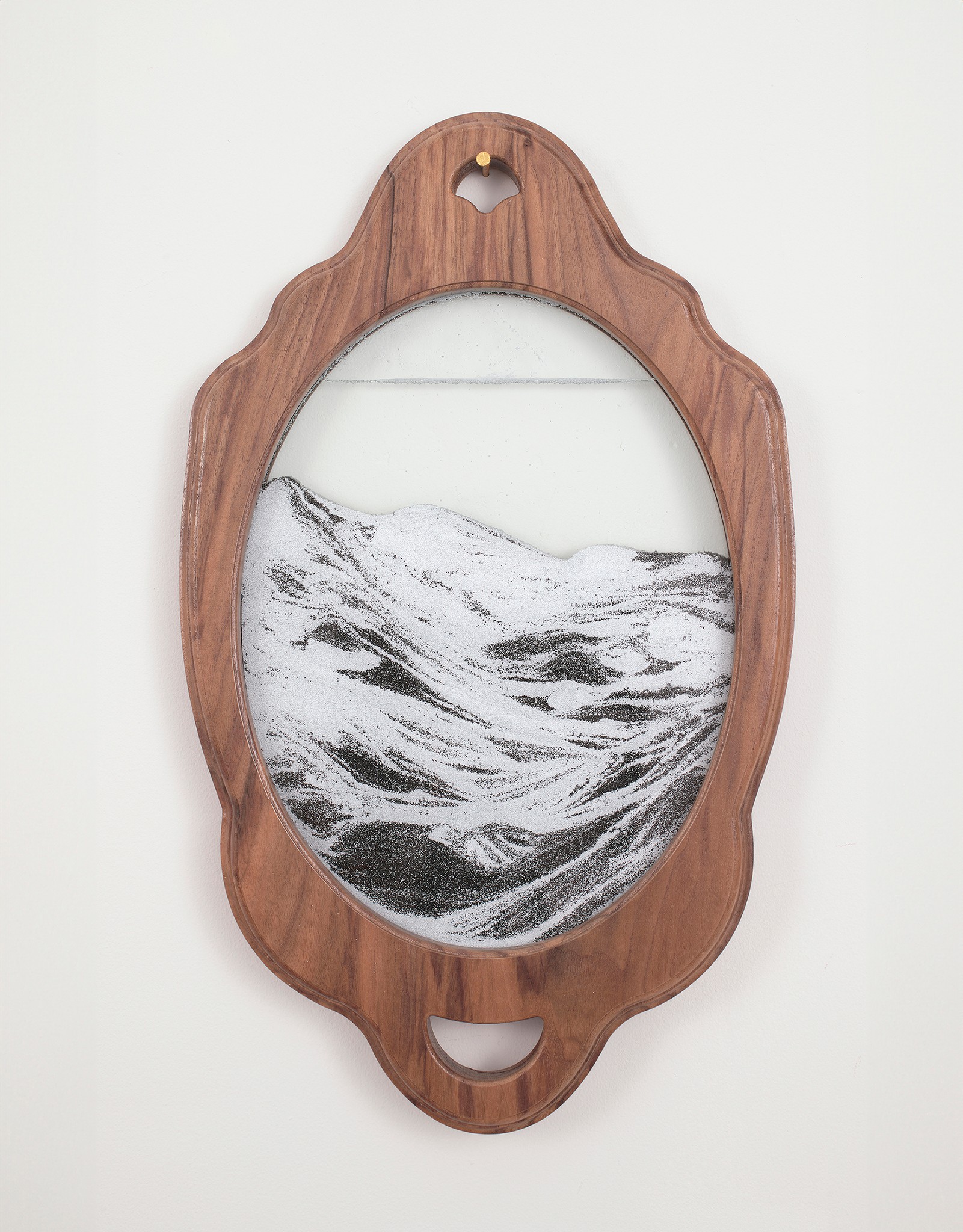
How can we best help foster a strong, supportive environment for artists and creatives?
I believe inclusive creativity is one of the world’s most valuable yet underutilized resources. Reintegrating arts into public school curricula is imperative. The current overemphasis on standardized testing stifles innovative thinking, whereas arts education cultivates creativity, critical thinking, and empathy—skills essential for personal development and community engagement.
The transformative power of art is evident, the censorship of art in parts of the world proves its power. Embracing creative disciplines fosters inventive problem-solving abilities, a practice that, like any muscle, requires regular engagement. Moreover, arts participation offers lifelong benefits. Studies have shown that senior citizens involved in art courses experience improved cognitive functions and social connections. Engaging in artistic activities releases dopamine, enhancing joy and overall well-being. The advantages of art are universal, enriching individuals across all ages and demographics.
Prioritizing arts education is not merely an enhancement but a necessity for fostering a well-rounded, empathetic, and innovative society.
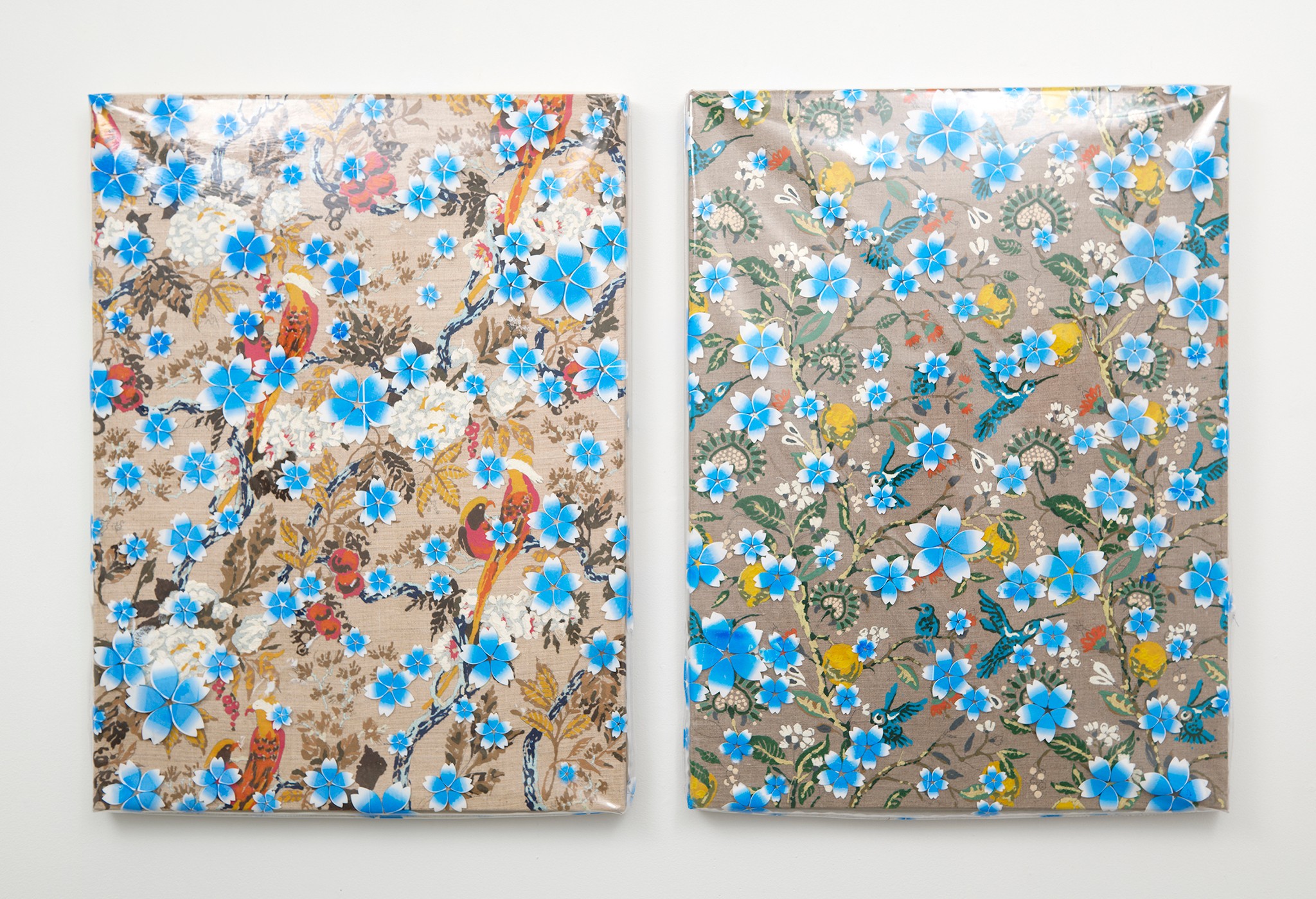
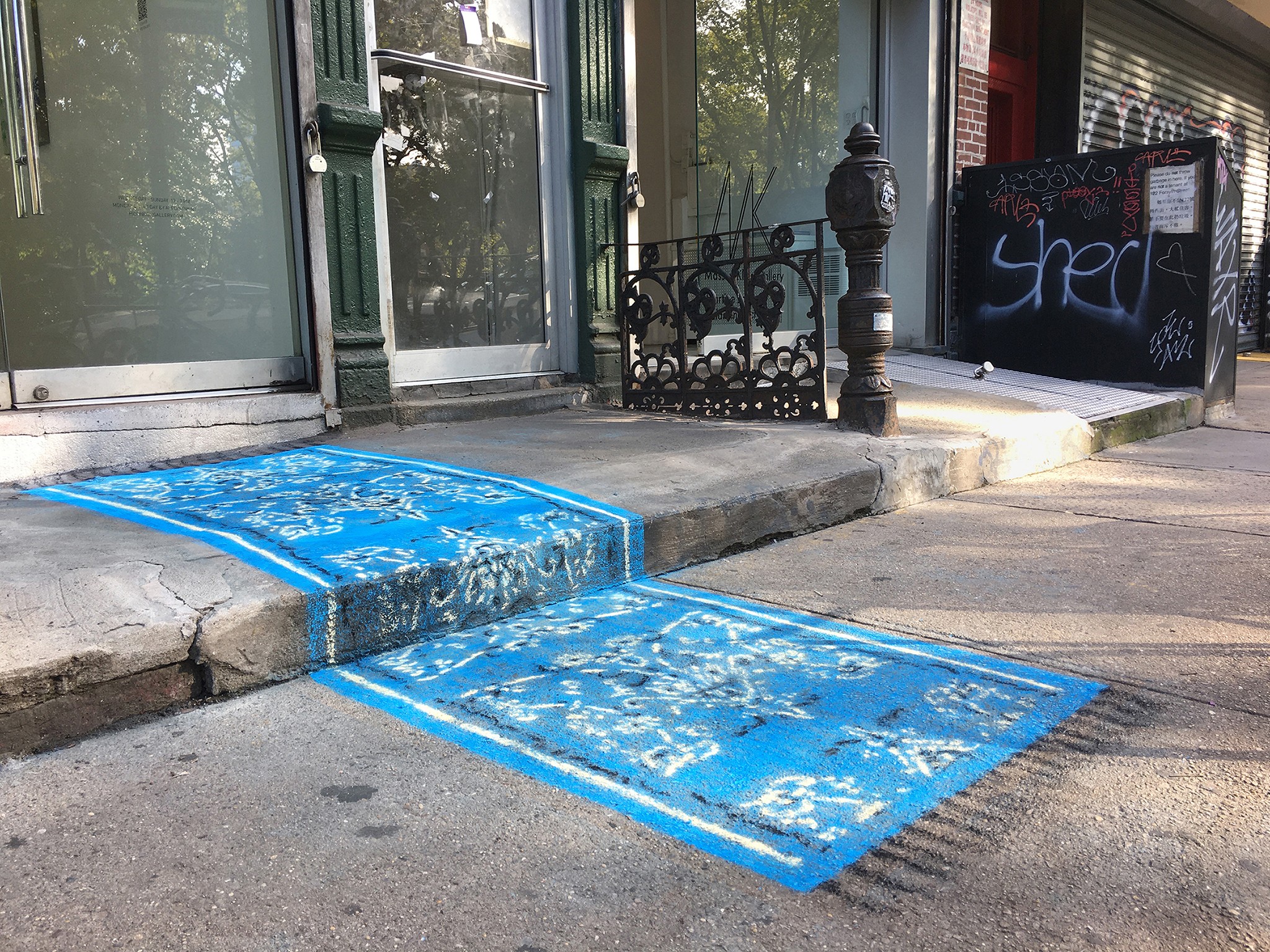
How about pivoting – can you share the story of a time you’ve had to pivot?
In 2022, my partner of 12 years, Tim Collins, passed away from brain cancer at home, in-home hospice. I was his primary caregiver. The word remission does not exist with brain cancer. First diagnosed in 2013, brain surgery, 30 sessions of brain and spine radiation, a year of chemo, he was never the same. It was two malignant brain cancers never recorded, Tim became a case study. 2019 it returned inoperable, floating in his spinal fluid —more chemo.
2019-2022 was one of the most challenging times in my life, as I watched Tim wither, lose mobility, and slip away in front of me. Since he has left, not a day goes by I don’t look for him. He is part of my identity and it’s left an impact on my work with a sharper gaze not just at death but at life and grief within my practice.
Contact Info:
- Website: https://dainamattis.com/
- Instagram: https://www.instagram.com/djmattis/?hl=en
- Linkedin: https://www.linkedin.com/in/daina-mattis-64a9a125/
- Other: https://www.highnoongallery.com/artist-page/daina-mattis
https://unmute.nyc/
https://www.newschool.edu/parsons/faculty/daina-mattis/
https://undercurrent.nyc/
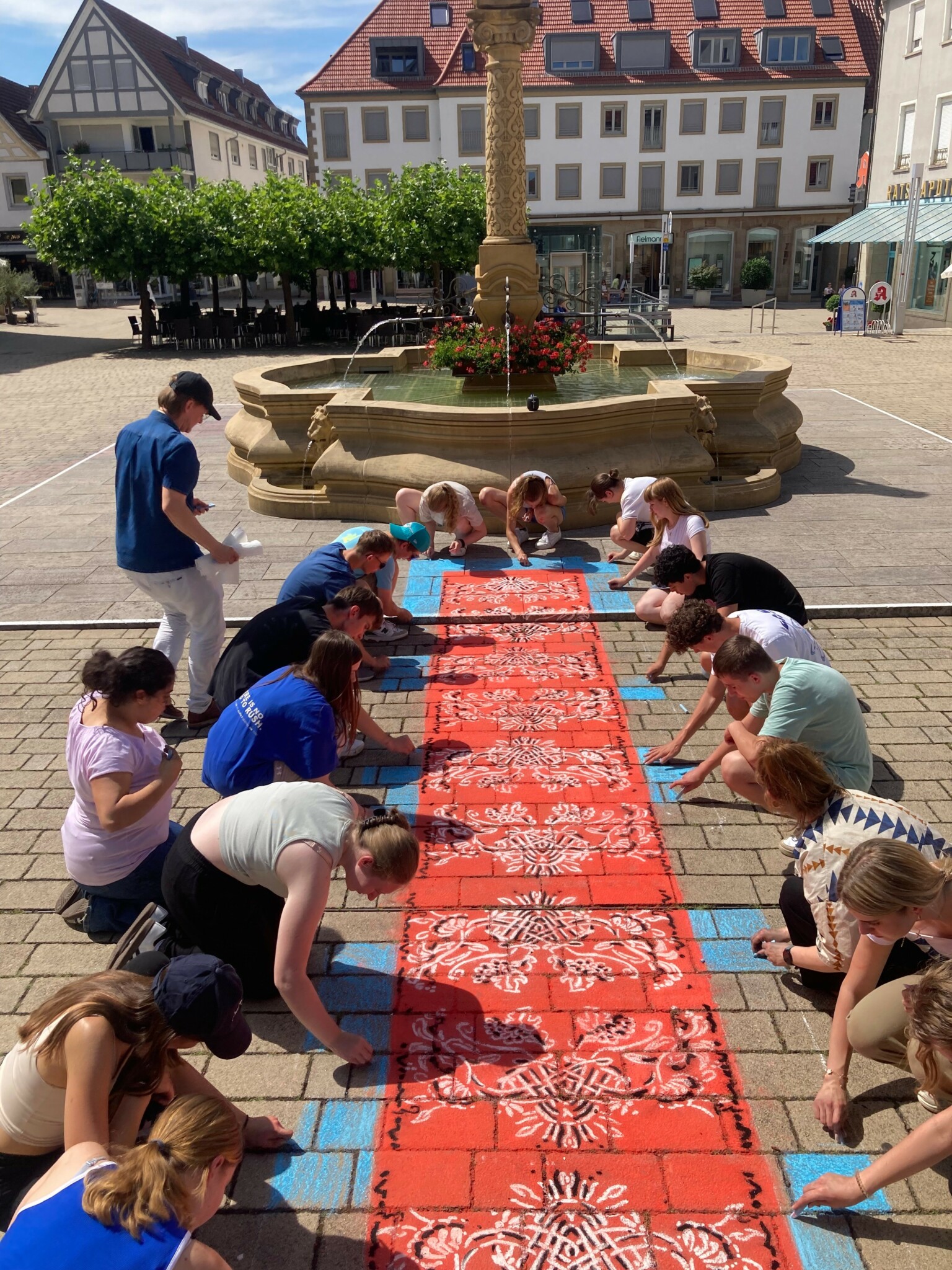

Image Credits
Images 01-07: Photo courtesy of High Noon Gallery, photo by KC Crow Maddux
Image 07: Photo courtesy of High Noon Gallery
Image 08: Photo courtesy of Artist and Rathaus, Kochertürn, DE
Image 09: Photo courtesy of Artist


